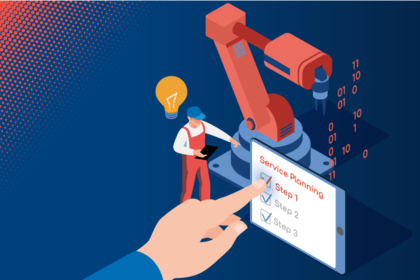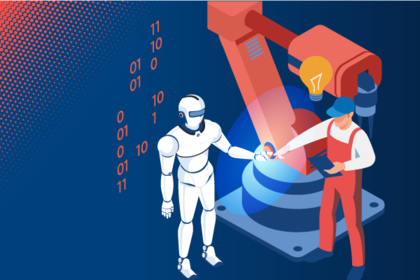The Service Technician's Job Description is Changing
Published:
2021-10-28
Updated:
2025-03-26
The job profile of service technicians is changing - and with it his perspective. While technical understanding and hands-on skills are still in demand, modern technologies such as IoT and predictive maintenance require new skills. Optimizing equipment while taking the overall process into account, collecting, managing, and evaluating data, and integrating machines into corporate IT are all topics that will be part of the service technician's daily routine in the future. Companies must respond because service is crucial for customer satisfaction.


